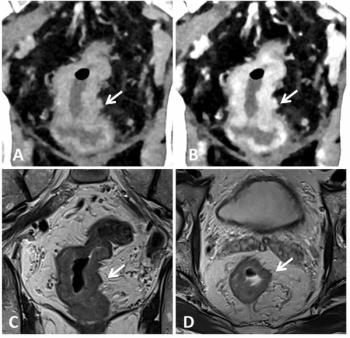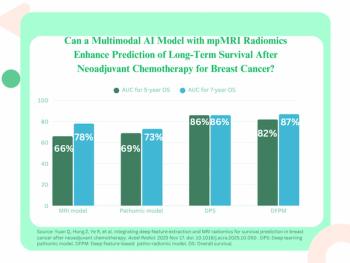
MRI Quantifies Grey Matter Changes in Childhood Schizophrenia, Psychosis
Magnetic resonance imaging can help quantify the loss of gray matter in childhood-onset schizophrenia, bipolar disorder and other psychoses, possibly helping diagnose the cases to become more serious.
Celso Arango, MD, PhD, led a team of Spanish researchers seeking to track progressive brain changes in young people with mental disorders.
Progressive loss of brain gray matter had been reported in childhood-onset schizophrenia; whether those changes are shared by pediatric patients with different psychoses remained unclear. Arango and colleagues considered the progression of brain changes in early-onset psychosis and how those changes related to diagnosis and prognosis at two-year follow-up.
At six child and adolescent psychiatric units in Spain, the team enrolled 110 patients and 98 healthy controls between March 2003 and November 2005. MRI was done at at the outset and two years hence on a total of 61 patients - 25 with schizophrenia, 16 with bipolar disorder, and 20 with other psychoses - plus 70 controls. The patients averaged 15 years old at the start of the study.
The researchers measured gray matter and cerebrospinal fluid volumes in the total brain and frontal, parietal, and temporal lobes. They found that, compared with controls, patients with schizophrenia showed greater gray-matter volume loss in the frontal lobe as well as a cerebrospinal fluid volume increase in the and left frontal lobe. In addition to frontal volume, changes for total gray matter and left parietal gray matter were significantly different in schizophrenic patients compared with controls, Arango and colleagues reported.
From the perspective of diagnosis, greater left frontal gray-matter volume loss was related to more weeks of hospitalization, and the severity of symptoms correlated with an increase in cerebrospinal fluid in patients with schizophrenia.
No significant differences emerged for patients with bipolar disease, the team found.
Newsletter
Stay at the forefront of radiology with the Diagnostic Imaging newsletter, delivering the latest news, clinical insights, and imaging advancements for today’s radiologists.




























